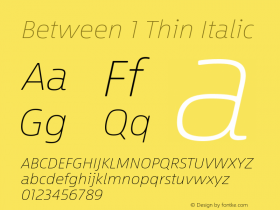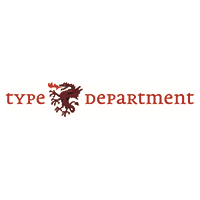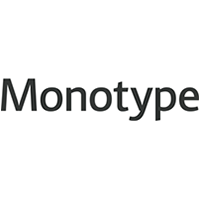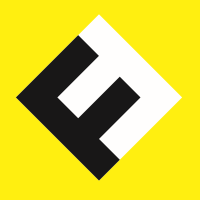
When the deal between announced yesterday the internet exploded, wailing and lamenting the perceived loss of independence of the world's largest library of original contemporary typefaces. Arguments like "FontFont is no longer the last major independent foundry" and "There's never been a better time – nor a better argument – for independent foundries than now" were retweeted countless times. Maybe it is time to put things in perspective.
Lords and Lady of the FontFonts – the TypeBoard then:
Jürgen Siebert, Neville Brody, Beth Russell, Erik van Blokland, and Erik Spiekermann
In my capacity as a member of the TypeBoard I personally witnessed the fortunes of FontFont since Release 2 in 1991 – including the original FF Meta, Neville Brody's seminal FF Typeface 6 & 7, FF Dolores by fresh-faced newcomer Tobias Frere-Jones (how times have changed!), Martin Wenzel's first foray into type design FF Marten, and FF Jacque by Max Kisman who was part of the inaugural Five Dutch Type Designers release too. Last month FontFont Release 67 (!) was announced. I remember many times in the past quarter century when we felt anything but "independent". The rapid growth of our library and changing font formats cannibalised all of our income in the late 1990s. Our catalogue shrank to the size of a CD booklet, and instead of publishing type specimen posters we had to resign ourselves to sending out mere post cards. The burden for the FontFont Focus booklets published between 1998 and 2001 was braced by FontShop Germany and the small FontShop BeNeLux alone.
There is no denying these were romantic times. We were loved, our typefaces were popular, our print materials became collector's items. Yet if we are to face the hard facts we must also admit FontFonts did not sell that well. We were treading water for years at end, and many of our type designers suffered with us. The turnaround came sometime around 2004, when word of the aesthetic and technical quality of FontFonts finally started to do the rounds in the marketing departments of large companies. Thanks to our new colleagues at FontShop San Francisco who secured some sizable multi-license agreements, the FontFont headquarters in Berlin finally had room to breathe again. At last a decent marketing budget became available for quality printed promotional materials and a proper website. The international expansion of our sales made itself felt and became the secret of our success.
Lords and Lady of the FontFonts – the TypeBoard, December 7, 2009:
Clockwise from front left: Jared Benson, Andreas Frohloff, Ivo Gabrowitsch, Stephen Coles, Ugla Marekowa, Erik Spiekermann, and Jürgen Siebert. Photo by FontFont.
Now, a decade later, FontFont will immediately benefit from the marketing and sales power of Monotype. Just like many independents in the punk era managed to cross over and teamed up with major labels to get their records in the stores, Monotype will introduce FontFonts to customer groups that we never managed to reach in 25 years – equipment manufacturers, software developers, operating system developers, and so on. Monotype makes almost 60% of its sales in this segment.
What does "independence" in the creative field actually mean? Nothing else than "Power to the artist", and something like "Priority to good taste". At FontFont, testimony to these ideals are our FontFont Type Department and an identical, high quality standard; just like we have been doing the past quarter century, but reaching a much larger user base thanks to Monotype's contacts. The only thing that was lost was an abstract, romantic notion – nothing else. What is gained is the independence to do more.
Header image:Made With FontFont. Photo by Stephen Coles.
